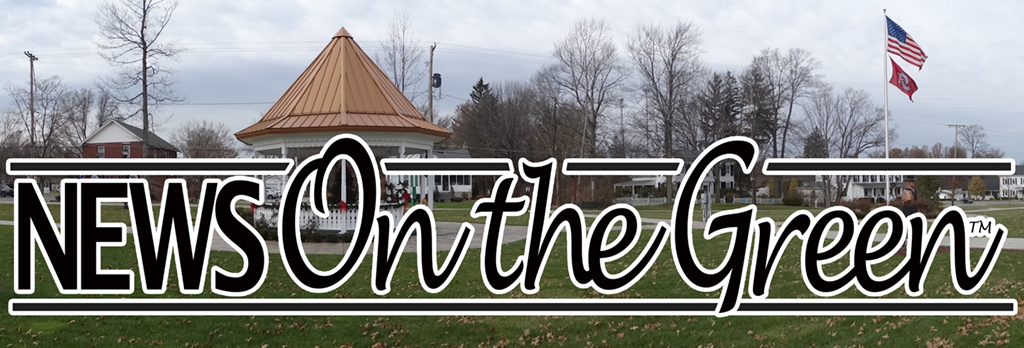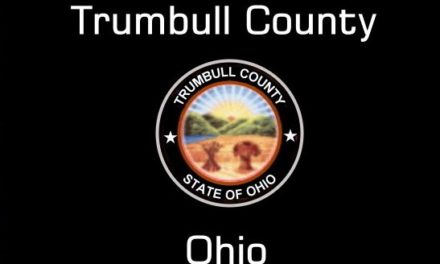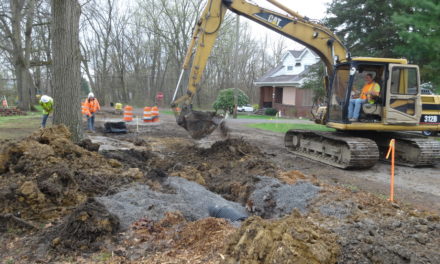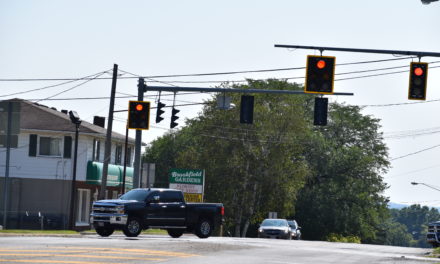The Masury Neighborhood Revitalization Grant Project has a lot of moving parts, and many of them are, well, moving.
GPD Group of Youngstown has been hired to design storm sewer improvements on parts of Second and Miller Streets for $25,500; the Trumbull County Engineer’s Office is designing street improvements on First, Second, Third, Elm, Miller and Short streets, and sidewalk improvements on a part of Elm; and the Trumbull County Planning Commission is writing the specifications so it can seek firms interested in designing a “pocket park,” said Julie Green, planning commission director.
Deputy Engineer Gary Shaffer told the trustees March 25 that he hopes to bid out the storm sewer part of the project in June or July.
 “I might be pushing things the way everything’s working out with the coronavirus,” he said, noting that the paving and sidewalks can’t be constructed until the storm sewers are in.
“I might be pushing things the way everything’s working out with the coronavirus,” he said, noting that the paving and sidewalks can’t be constructed until the storm sewers are in.
“If we can get it paved late this year, I’d like to,” Shaffer said, adding that he would like to combine the paving and sidewalk projects for contracting purposes. “If not, we’ll push it to next year.”
Trumbull County commissioners on March 11 approved an agreement with the Trumbull County Combined Health District for the health department to contribute a $5,000 grant toward the park project, increasing the budget to $31,000, Green said.
The park is to include a fitness system, benches, trash receptacles, a Little Free Library and a pet waste station. It will be built at First and Mulberry streets, and negotiations have begun with property owner Tim Taylor to transfer the property to the township, Green said.
County officials also are working with township trustees to identify homes that could be rehabilitated. Green said officials obtained two grants, one of which allows for repairs of up to $7,500 per home for two homes, and one that allots up to $40,000 per home for four homes.
The grants require that the homes be occupied by their owners; that the owners are current on their taxes, have homeowner’s insurance and meet income guidelines; and that the amount of work required for each home does not exceed the amount of money available per home, Green said.
An effort to reach out to potential homeowners has been delayed due to the coronavirus, she said.
The lion’s share of the revitalization project is funded by a $750,000 federal Community Development Block Grant obtained from the state, but county officials were able to use that grant to leverage additional grants, including the housing rehab and health district funds, she said.
- Home
- _Home
- About
- Advertise
- Contact
- Donate
- Find NEWS On the Green in print
- Latest
- Subscribe
- The legal stuff
- About
- Animals
- Arts/Entertainment
- Business
- Cemetery
- Church news
- Community
- Community service
- Comprehensive Plan
- Cool photos
- county news
- Domestic violence
- Drainage
- Elections
- Environment
- Guest column
- Health care
- History
- Housing
- Letter to the Editor
- Library
- News
- Police
- Politics
- Profile
- Property maintenance
- Racism
- Recreation
- Religion
- Rescue-Fire
- Sanitary sewers
- Schools
- Sports
- State
- Streets
- ToDo
- Transportation
- Veterans
- Water service
- Zoning
Select Page








